SERENGETI
NATIONAL PARK

Serengeti National Park.
Serengeti National Park is a world-renowned wildlife sanctuary in Tanzania, famed for its annual Great Migration where millions of wildebeest, zebras, and gazelles traverse its vast plains. The park is home to the Big Five – lions, elephants, buffaloes, leopards, and rhinos – and offers unparalleled game viewing year-round. Its diverse ecosystems, ranging from grasslands to woodlands, support an incredible variety of species. Visitors can experience the Serengeti’s beauty through game drives, hot air balloon safaris, and guided walks, making it a quintessential African safari destination.
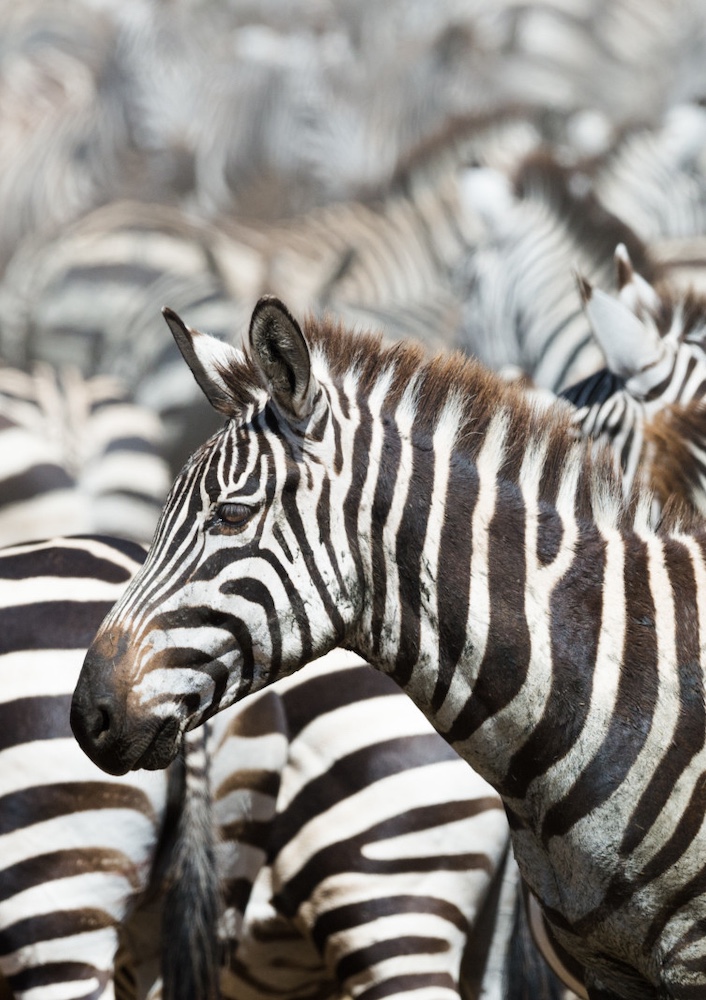
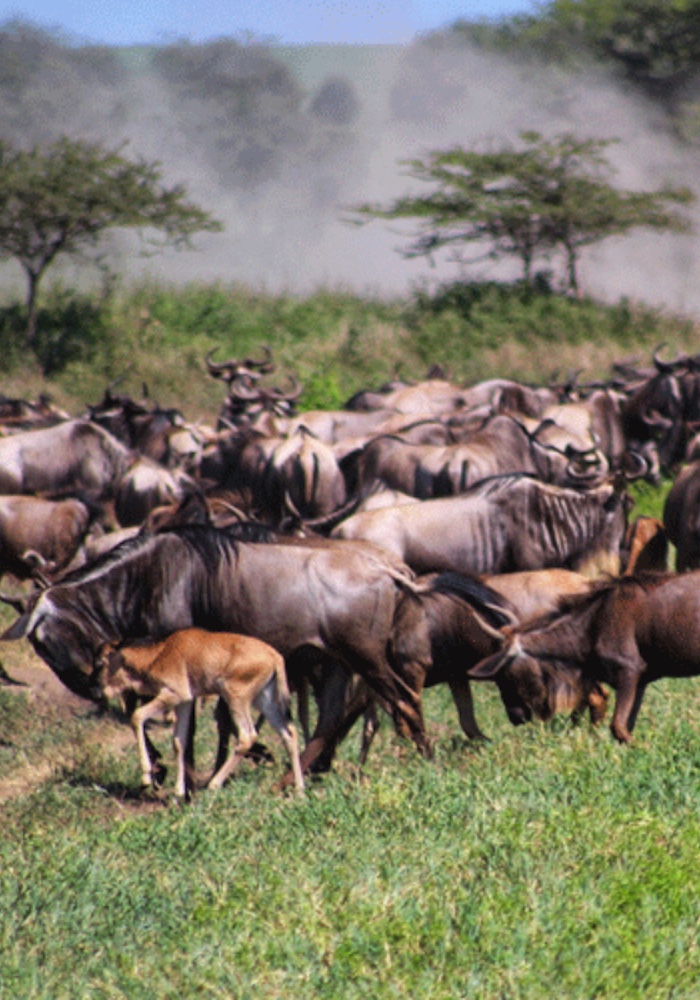
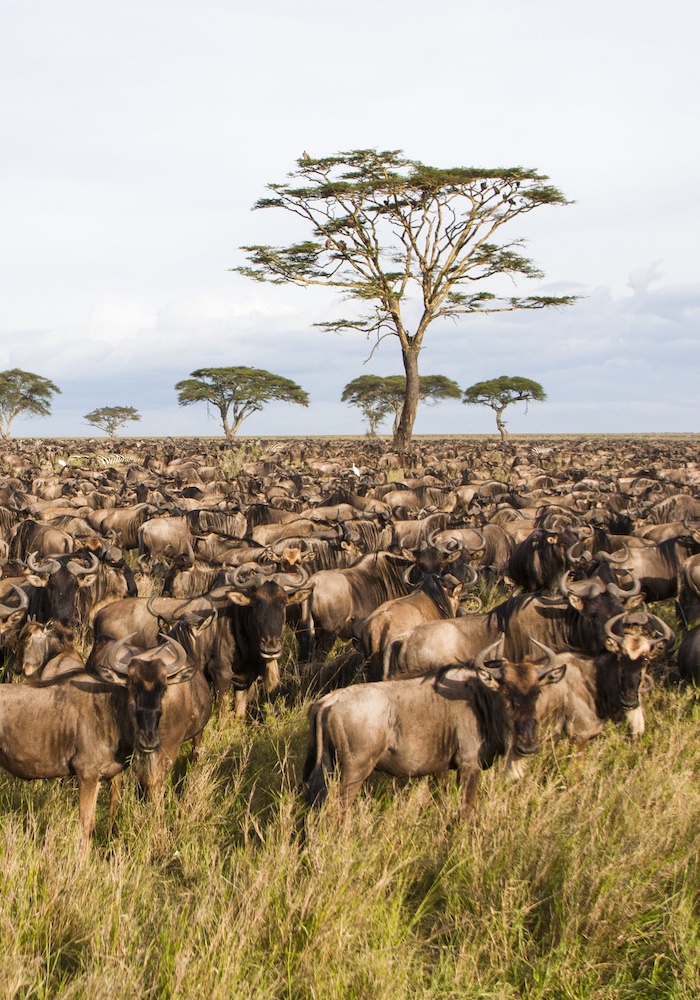
Located in northern Tanzania, the Serengeti forms part of the country’s renowned northern safari circuit. Spanning almost 15,000 square kilometres, (it’s slightly bigger than Connecticut) of vast grassy plains, flat-topped acacia trees, rocky kopjes and undulating savannah landscape, this region is a contender for one of the best wildlife experiences in Africa.

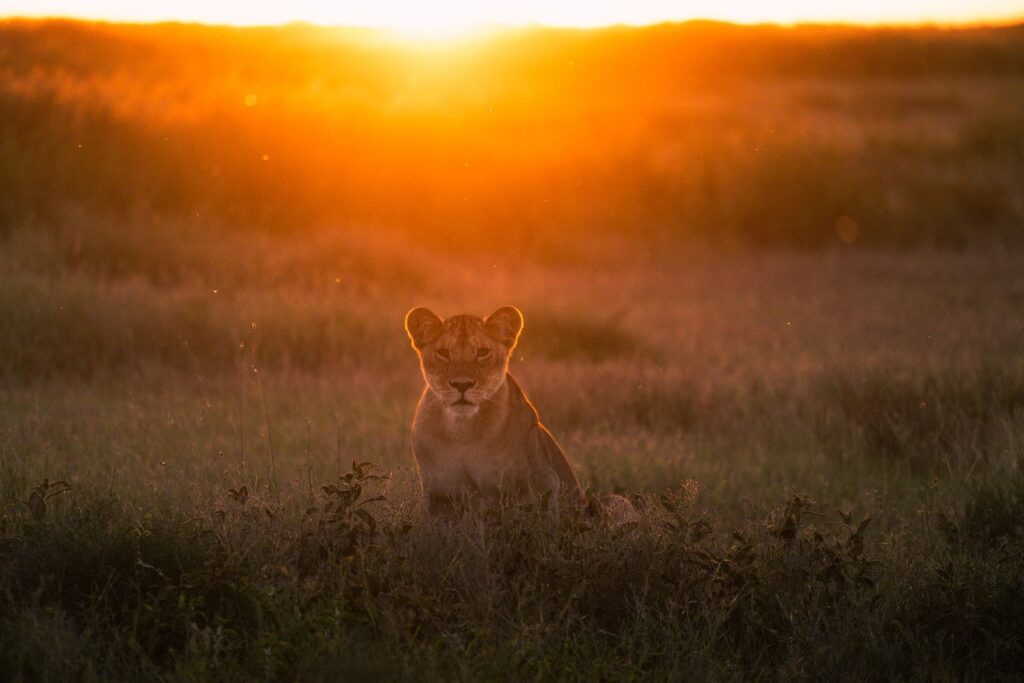
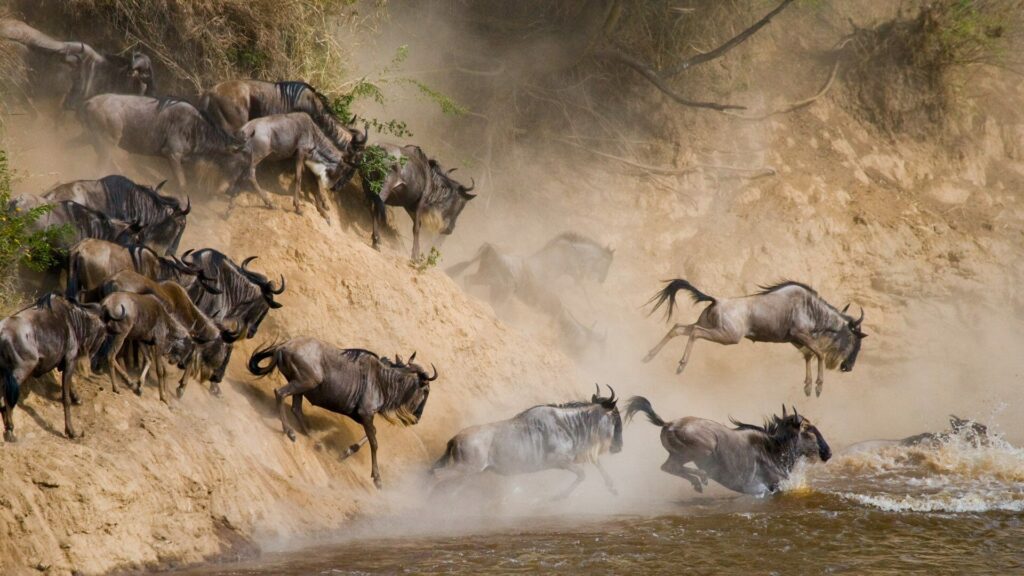

FACTS

- Location: Northern Tanzania, extending to southwestern Kenya (where it becomes the Maasai Mara).
- Size: Covers approximately 14,750 square kilometers.
- Great Migration: Famous for the annual Great Migration of over 1.5 million wildebeest, along with hundreds of thousands of zebras and gazelles.
- Big Five: Home to the Big Five (lion, elephant, buffalo, leopard, and rhino), along with cheetahs, hyenas, giraffes, and numerous other species.
- Birdlife: Hosts over 500 bird species.
- Ecosystems: Features diverse ecosystems including savannahs, woodlands, riverine forests, and kopjes (rocky outcrops).
- UNESCO Site: A UNESCO World Heritage Site since 1981.
- Climate: Equatorial with a dry season (June to October) and a wet season (November to May).
- Activities: Popular activities include game drives, hot air balloon safaris, birdwatching, and walking safaris.
- Tourism: Attracts tourists for its abundant wildlife, scenic landscapes, and the Great Migration.
- Conservation: Efforts are in place to protect the park’s biodiversity and ecosystems.
- Cultural Visits: Opportunities to visit Maasai villages and learn about their traditional way of life.
- Filming Location: Frequently featured in documentaries and films due to its iconic wildlife and landscapes.